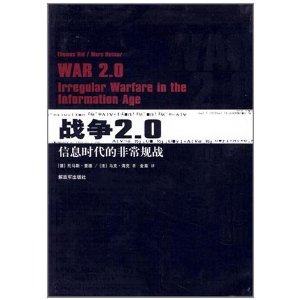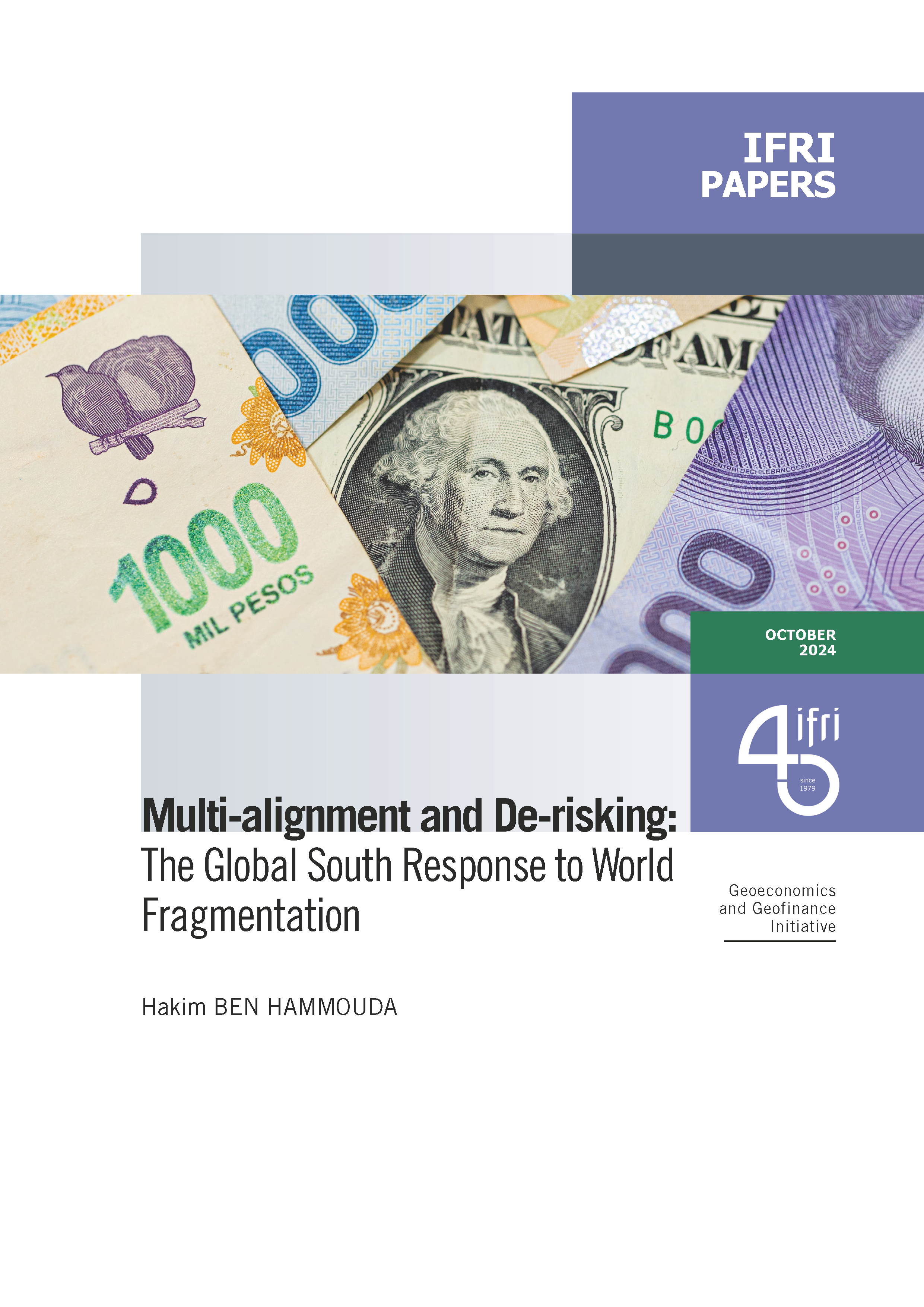War 2.0: Irregular Warfare in the Information Age (simplified Chinese translation)

Published in 2009 in the U.S., War 2.0 is now available in simplified Chinese. This book argues that two intimately connected trends are putting modern armies under huge pressure to adapt: the rise of insurgencies and the rise of the Web. Both in cyberspace and in warfare, a public dimension has assumed increasing importance in recent years. After the dot-com bubble burst in 2000, Web 2.0 rose from the ashes. This newly interactive and participatory form of the Web promotes and enables offline action. Similarly, after an attempt to transform the U.S. military into a lean, lethal, computerized force faltered in Iraq in 2003, counterinsurgency rose from the ashes. Counterinsurgency is a social form of war — indeed, the U.S. Army calls it "armed social work" — in which the local population becomes the center of gravity and public opinion at home the critical vulnerability. War 2.0 traces the contrasting ways in which insurgents and counterinsurgents have adapted irregular conflict. It examines the public affairs policies of the U.S. land forces, the British Army, and the Israel Defense Forces. Then it compares the media-related counterinsurgency methods of these conventional armies to the more diverse methods devised by their asymmetric adversaries, showing how such organizations as al-Qaeda, the Taliban, and Hezbollah use the Web not merely to advertise their political agenda and influence public opinion, but to mobilize a following and put insurgent operations into action. But the same technology that tends to level the operational playing field in irregular warfare also incurs heavy costs on terrorists and insurgents.












